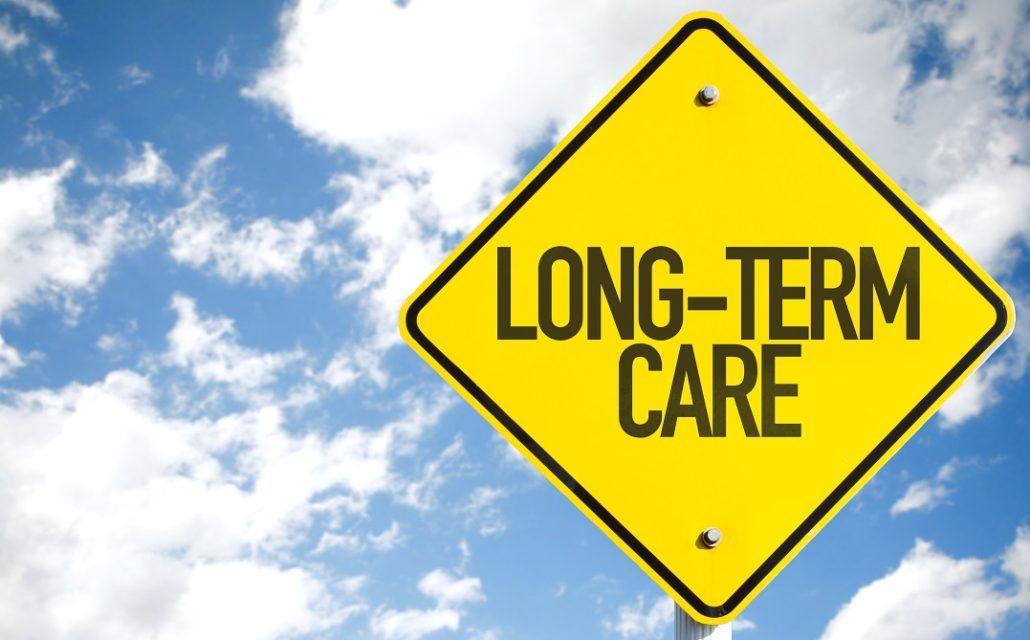Rising out the health care reform rubble in the U.S. Senate is the Graham-Cassidy-Heller bill. (here) This bill has been around since the opening of the current session in January, 2017, and is the only comprehensive piece of health care reform left standing in the Senate.
Senators McCain (R-AZ) and Collins (R-ME), two of the decisive votes against the last Senate bill, have both supported the G-C-H bill at one time or another.
What’s in the bill?
It fundamentally gives more control of health care to the states. Instead of federal taxpayer money providing for the Medicaid expansion and the subsidies in the health insurance exchanges, the bill would give each state a block grant of money to use as that state chooses. States could keep their Medicaid expansion and exchange intact or could experiment with other health care delivery systems.
Federal funding gradually decreases over the next ten years, forcing states to become more efficient and to prioritize dollars for their most vulnerable people.
It eliminates the individual and employer mandates in Obamacare, but does allow states to reinstitute an individual mandate of their own.
Exchange subsidies and cost-sharing subsidies would be totally eliminated by 2020, yet states could use their block grant funds to continue these payments. The pre-existing condition mandate would remain, but states could decide what medical conditions to cover. States could determine what qualifies as an essential health benefit.
Community rating would change so that insurance companies could charge older customers five times as much as younger people, rather than the three to one in Obamacare. Allowable contributions to health savings accounts would increase. A $155 billion “reinsurance” pool would run from 2018 to 2020.
Medicaid would be funded by a per-capita block grant starting in 2020. States that expanded Medicaid under Obamacare would receive a smaller percent of payment starting in 2020.
The G-C-H bill is similar to the failed Senate bill. It somewhat limits the federal involvement in health care and gives states much more control. It is more patient-centric than Obamacare. It would appear to have enough support to pass a vote in the U.S. Senate. President Trump supports the bill and is on record as saying he would sign it.
Unfortunately, many senators, including leadership, now want to leave health care reform and move on to other issues. The G-C-H bill is one last chance for the beginning of meaningful, patient-oriented health care reform in the United States.





